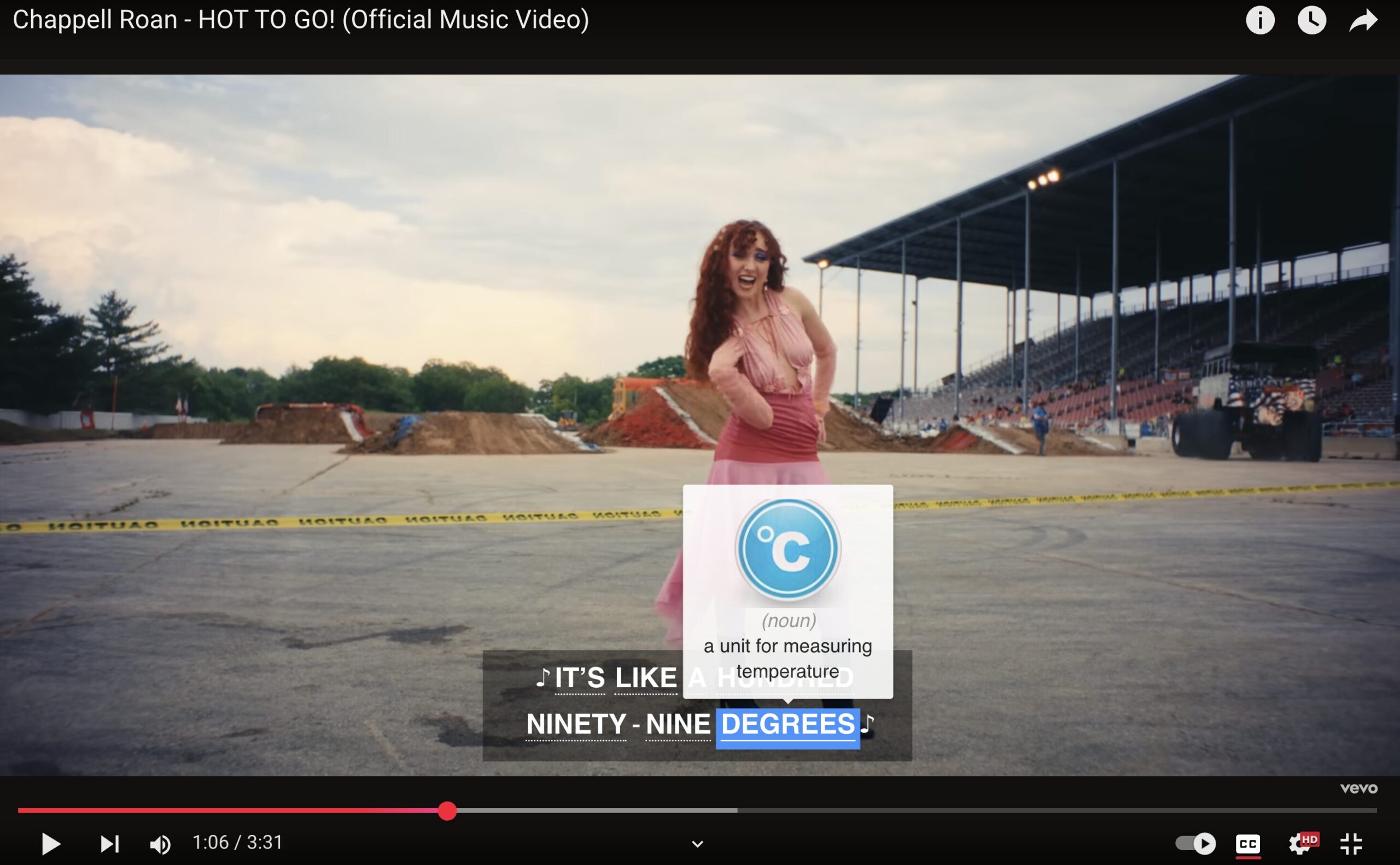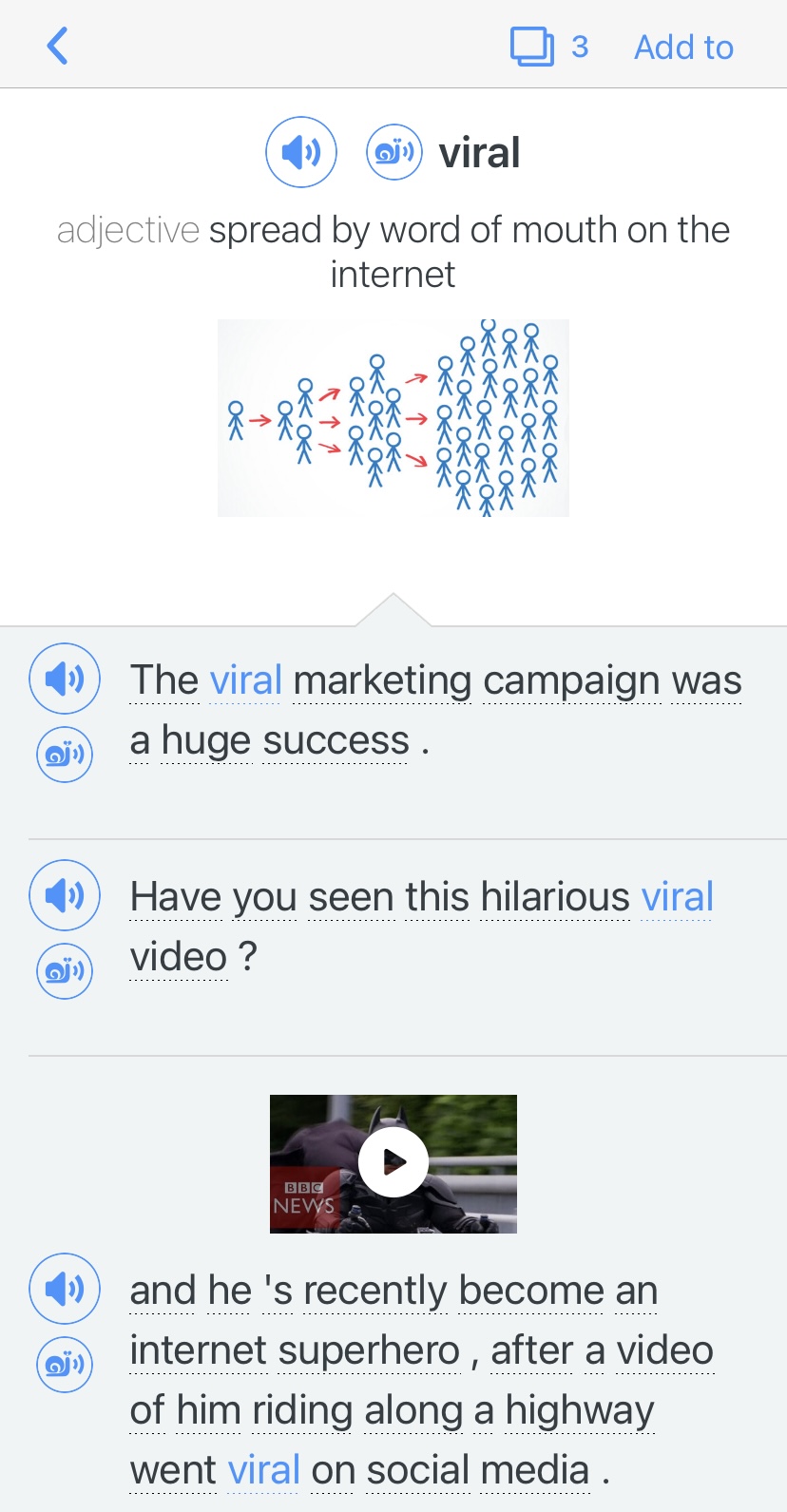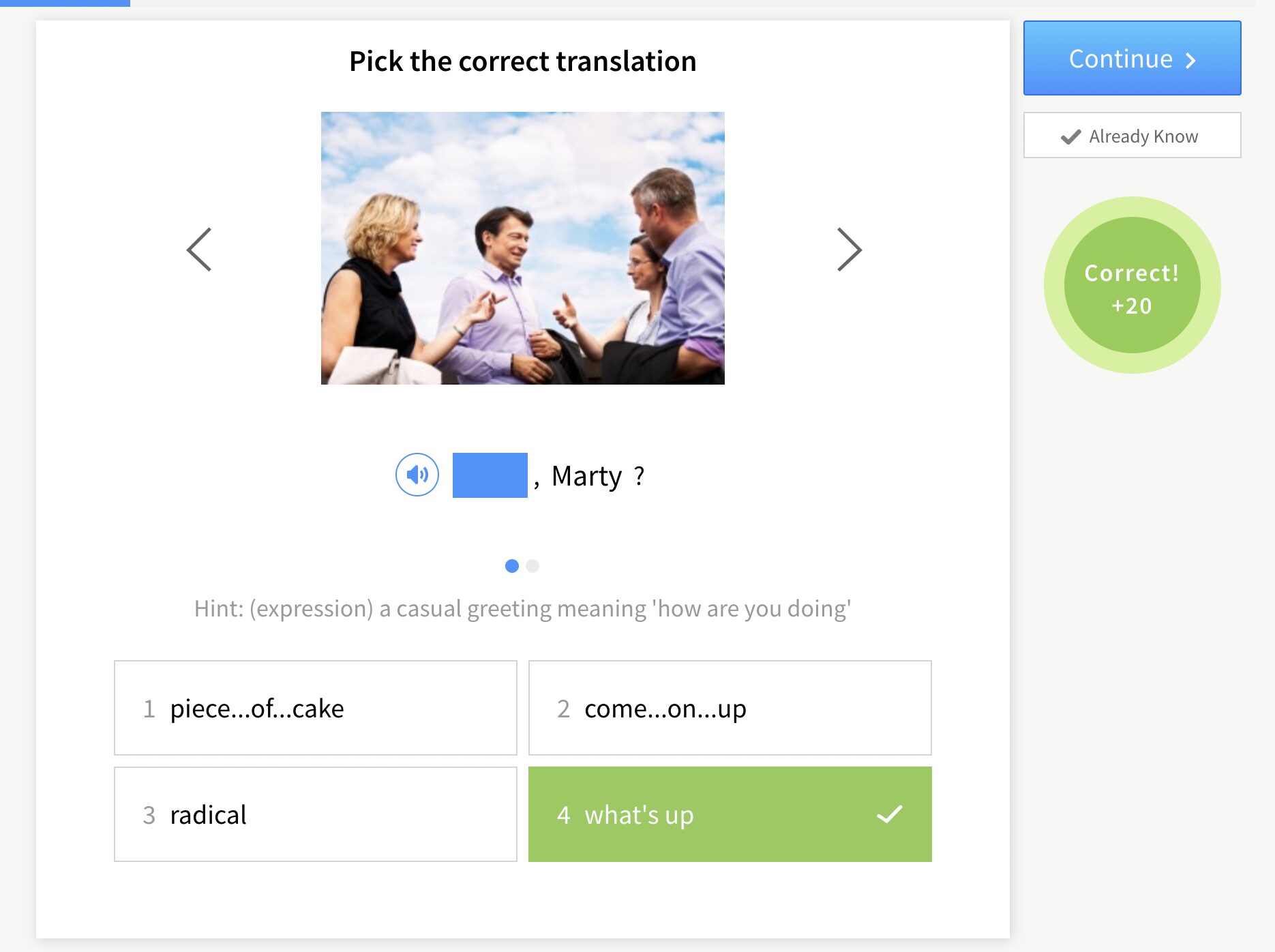5 Canadian Culture ESL Lessons

Teaching your ESL students about Canadian culture can help them learn something new about the English-speaking countries of the world while being immersed in the language.
Discover five engaging ESL activities you can use in your Canadian culture lessons in this post, developed for students of all levels.
Download: This blog post is available as a convenient and portable PDF that you can take anywhere. Click here to get a copy. (Download)
1. Weather and Seasons
Level: Beginner
Task: Describing Winter Activities
Since winter in Canada features snow, focusing on winter-time activities is ideal for students unfamiliar with winter weather.
Vocabulary: go to a winter festival, go skating, play hockey, go skiing, have a snowball fight, build a snowman
Pre-Activity: Show students pictures of all four seasons and ask them to identify each one (spring, summer, autumn/fall, winter). Students will raise their hands to indicate which one they like best.
Activity: Present the grammar for expressing what students like/don’t like and can/can’t do. You can contrast winter activities (“You can go skiing in the winter”) with summer activities (“You can’t go skiing in the summer”). The same goes for ice skating, playing hockey (street hockey or even roller hockey can be played in the summer), building a snowman and so on. Visual aids would certainly help illustrate these activities, as students might be unfamiliar with some of these activities.
Next, students can indicate which of these activities they like and don’t like: “I like to go skating” / “I don’t like to have snowball fights.”
Post-Activity: Students will write a 100-word email to a friend/relative back home telling them about the activities they can do and what they like and don’t like to do in Canada. Providing a sample email will certainly help students know what you expect from them.
2. Food and Drink
Level: Elementary
Task: Ordering at Tim Hortons
What could be more Canadian than Tim Hortons?
Vocabulary: double-double, donut, bagel, specialty drink, cold stone, hot bowl
Pre-Activity: Introduce this question: What are you in the mood for today? In pairs, students will indicate what they would like to eat and drink. Students can speculate what they think the items in the vocabulary list are.
Activity: Use this menu from Tim Hortons. You can peruse the website and show students what each item actually is. Then, introduce the following basic model:
Question:
What can I get you?
And the reply:
I’d like _____, please. Or,
Can I get _____, please?
You can expand on this activity by using this model:
Server: What can I get you?
Customer: I’d like a double-double and a hot bowl, please.
Server: Certainly. Anything else?
Customer: No, that’s all, thank you. / Yes, I’d like _____, too, please.
Server: Certainly, Sir / Ma’am. That’ll be 5 dollars, please. (While there are no prices on the website, you can use a ballpark amount.)
Customer: Here you go, thank you.
Post-Activity: Have students work in pairs taking turns being the server and customer. They can use the model conversation provided, or any other, and expand on it using their own ideas, selecting items from the menu and vocabulary provided.
3. Idioms and Expressions
Level: Intermediate
Task: Becoming Familiar with Canadianisms
This is essentially a shopping list of Canadianisms students will hear and may not understand.
Vocabulary: Canuck, washroom, serviette, candy bar, hydro, postal code
Pre-Activity: In pairs or small groups, students will brainstorm about the meanings of the words and expressions presented above. Students can then switch partners/groups and compare their ideas.
Activity: You can then provide a simple definition for each term:
Canuck: a Canadian person
Washroom: bathroom
Serviette: paper napkin
Candy bar: chocolate bar (Snickers, and so on)
Hydro: electricity
Postal code: zip code
In pairs or small groups, students will then craft a conversation using the vocabulary presented in the lesson.
Post-Activity: Each pair/group will present their conversation to the class. Students will then vote for their favorite.
4. Sounding Canadian
Level: Upper-Intermediate
Task: How to Sound “Canadian”
This task is meant to introduce students to the Canadian accent. The speaker in the video below is not Canadian and provides a demonstration on how to achieve this accent.
Media: There are several videos available. I suggest using this one.
Pre-Activity: Introduce the topic by indicating that the Canadian accent is very similar to the Standard American Accent. Then, watch the video on how to “sound” Canadian. Students will then indicate whether it was easy or difficult to understand.
Activity: Students will identify where the speaker’s originally from (she’s Australian, by the way). Challenge students to follow the “instructions” on how to mimic sounding Canadian. Students can practice in pairs.
Post-Activity: In pairs, students will have a free talk about an upcoming trip to Canada using the speech patterns described by the speaker in the video. Then, each pair will present their conversation to the class. Students will vote on the most “Canadian” accent.
You can also take this activity a step further with FluentU.
FluentU takes authentic videos—like music videos, movie trailers, news and inspiring talks—and turns them into personalized language learning lessons.
You can try FluentU for free for 2 weeks. Check out the website or download the iOS app or Android app.
P.S. Click here to take advantage of our current sale! (Expires at the end of this month.)

Use the many videos available on the program to show students the difference between accents, sayings and vocabulary in English-speaking countries. You can even use the service to tie into other lessons you’ve been teaching about other cultures.
5. Canadian Landmarks
Level: Advanced
Task: What to Do in a New City
People are naturally curious and interested in visiting famous sites and landmarks. While there are many places to visit, this is a short list of some of the most famous places in Canada. Students will ask for/provide recommendations based on the information they’re given.
Media: This is a great video on famous Canadian landmarks (say Chateau Frontenac five times fast).
Pre-Activity: Students will watch the video once. They’ll write down the names of the places they hear (one landmark’s name is in French so you can give students a pass on that one). Then, in pairs, students will discuss which places sound more appealing to them. They’ll explain the reasoning for their choice.
Activity: Students will make a quick list of things they can do in their chosen landmark. In pairs, one student will ask questions about what can be done at this landmark. Be careful to make sure that you don’t get two students with the same landmark. Each student will ask for/provide recommendations on things to do/see at their chosen landmark.
Post-Activity: Students will write a 200-250-word review of their chosen landmark. This can be posted to a class blog or submitted individually.
These lesson plan ideas provide a great way to help students get a leg up on what life is like in Canada.
And they can be adjusted for any level, so the sky’s the limit!
If you’re looking to teach about the culture of various English-speaking countries, check out our post on British culture ESL lesson plans next.
Download: This blog post is available as a convenient and portable PDF that you can take anywhere. Click here to get a copy. (Download)
And One More Thing…
If you’re like me and prefer learning English on your own time, from the comfort of your smart device, I’ve got something you’ll love.
With FluentU’s Chrome Extension, you can turn any YouTube or Netflix video with subtitles into an interactive language lesson. That means you can learn from real-world content, just as native English speakers actually speak.
You can even import your favorite YouTube videos into your FluentU account. If you’re not sure where to start, check out our curated library of videos that are handpicked for beginners and intermediate learners, as you can see here:
FluentU brings native English videos within reach. With interactive captions, you can hover over any word to see an image, definition, and pronunciation.
Just click on the word to see other example sentences and videos where the word is used in different contexts. Plus, you can add it to your flashcards! For example, if I tap on the word "viral," this is what pops up:
Want to make sure you really remember what you've learned? We’ve got you covered. Practice and reinforce the vocab from each video with learn mode. Swipe to see more examples of the word you’re learning, and play mini-games with our dynamic flashcards.
The best part? FluentU tracks everything you’re learning and uses that to create a personalized experience just for you. You’ll get extra practice with tricky words and even be reminded when it’s time to review—so nothing slips through the cracks.
Start using the FluentU website on your computer or tablet or, better yet, download our from the App Store or Google Play.
Click here to take advantage of our current sale! (Expires at the end of this month.)












